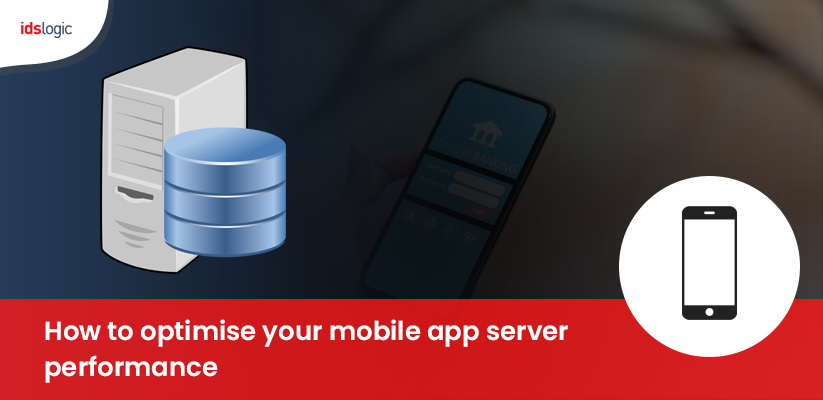
How to Optimise Your Mobile App Server Performance
Your mobile app is the most important marketing tool that you need to promote your products and services and stay connected with your users anytime of the day. But with numerous options available for today, the patience of the consumers has gone down tremendously and if your mobile app takes a longer time to load, then not may customers will wait for you. Users often demand apps that have minimum interruptions and also fast loading time.
Amazon conducted a survey and found that a meager 100 millisecond decrease in the page loading time resulted in about 1% increase in their business revenue and so it is highly important for business owners to consider the performance of their server and address a slow loading time of their mobile application at any cost. One of the biggest reasons of slow application loading is the performance of the server. So, for a quick loading and smooth running app, the optimal server performance is highly important.
What to Do to Boost the Server Performance of Your Mobile Application
Selecting the Right Server is Crucial:
An app server that offers an environment where the app can do what it is meant for is essential. The server acts as the connecting agent between the end user and also the backend, and responding to the user queries and serving the web page is crucial too. So to make sure that the server delivers a flawless performance for your mobile application development, it is important to select the right server to begin with. So, be sure to choose a high quality hosting server that offers a good CPU, adequate RAM and also a great storage option. You can also choose a load balancing server that can help to adapt easily to the fluctuating traffic volumes during peak season. So go for a server that offers better scalability without affecting your performance.
Use a Reverse Proxy Server
Using a reverse proxy server will help to offload some of the tasks that the server has to perform. Since the proxy server is connected directly to the internet, it creates an internal network which handles communication faster. The server also helps the main server from the task of waiting in order to interact with the web app and allows to focus on creating pages that the reverse server can send out to the user request, thereby working at optimal speed.
Cache Your Content:
Caching is considered to be one of the best means to reduce the loading time as it helps to bring the content to the user physically. Storing the accessed data in the browser cache make it accessible to the user and if the user has not accessed the file, then it is cannot be stored in the cache. When the content of your mobile application is cached on the nearest server to the user it results in higher user engagement.
Also Read: How to Use Analytics to Enhance Your Mobile App Development
Perform Data Compression:
Another means to enhance the performance of the server is to use the compression standards like the JPEG and the PNG for photos and MP3 for music or MPEG4 for the videos. The standards help to compress the data and reduce the size of the files to a great extent and it also helps to transfer the data faster. Additionally, you can use the smart content compression to reduce the bandwidth requirement of the text based content like HTML, CSS etc.
Optimize the SSL and TLS:
Secure socket layer and Transport layer security protocols are used by many websites and it is now preferred by Google also and has become a criterion for higher ranking. SSL and TLS may slow down the performance and speed greatly and so optimizing them often becomes an important thing for your mobile app development and helps to keep the app functioning at high speed.
Also Read: Top User Engagement Strategy for Your Mobile Application Development